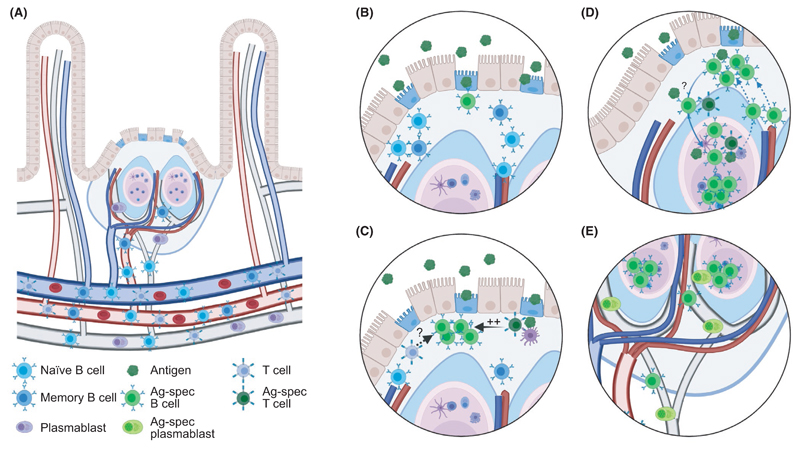Figure 2. Antigen-specific B cell responses in Peyer´s patches.
(A) Peyer´s patches (PP) are supported by blood and lymph vessels that enables B and T cells to enter via high endothelial venules in areas between B cell follicles.237–239 These, as well as plasmablasts generated during the response, leave the organ via the lymph that subsequently pass the mesenteric lymph nodes before returning to blood when the thoracic ducts enters into the left subclavian vein. (B) Naive and memory B cells will enter the PP and migrate toward the subepithelial dome (SED) where they encounter antigens transported into the structure through M cells. When an antigen-specific naive or memory B cell encounters antigen, it will be activated in a process that is not dependent on antigen interactions but do not require high affinity. (C) Following activation, antigen-specific B cell will proliferate within the SED. The process is expedited if they interact with antigen-specific T cells and it may also benefit from non-cognate interactions between B and T cells. (D) Some activated B cells will enter into the preformed germinal centers (GC) where they will continue to proliferate, but SED proliferation will still be maintained. Entry and further proliferation within the GC will be dependent on antigen affinity as well as cognate interactions with T cells. B cells migrating from the SED may carry specific antigens using their B cell receptors that are loaded onto follicular dendritic cells in the GC. B cells showing signs of already having been in the GC are also present in the SED. It is not known if these migrate directly from the GC or leave as activated memory cells that subsequently reenter to the SED from blood. (E) Antigen-specific B cells and plasmablasts can leave the PP through the lymph. During the response, many of the B cells leaving appear to still have an activated phenotype

